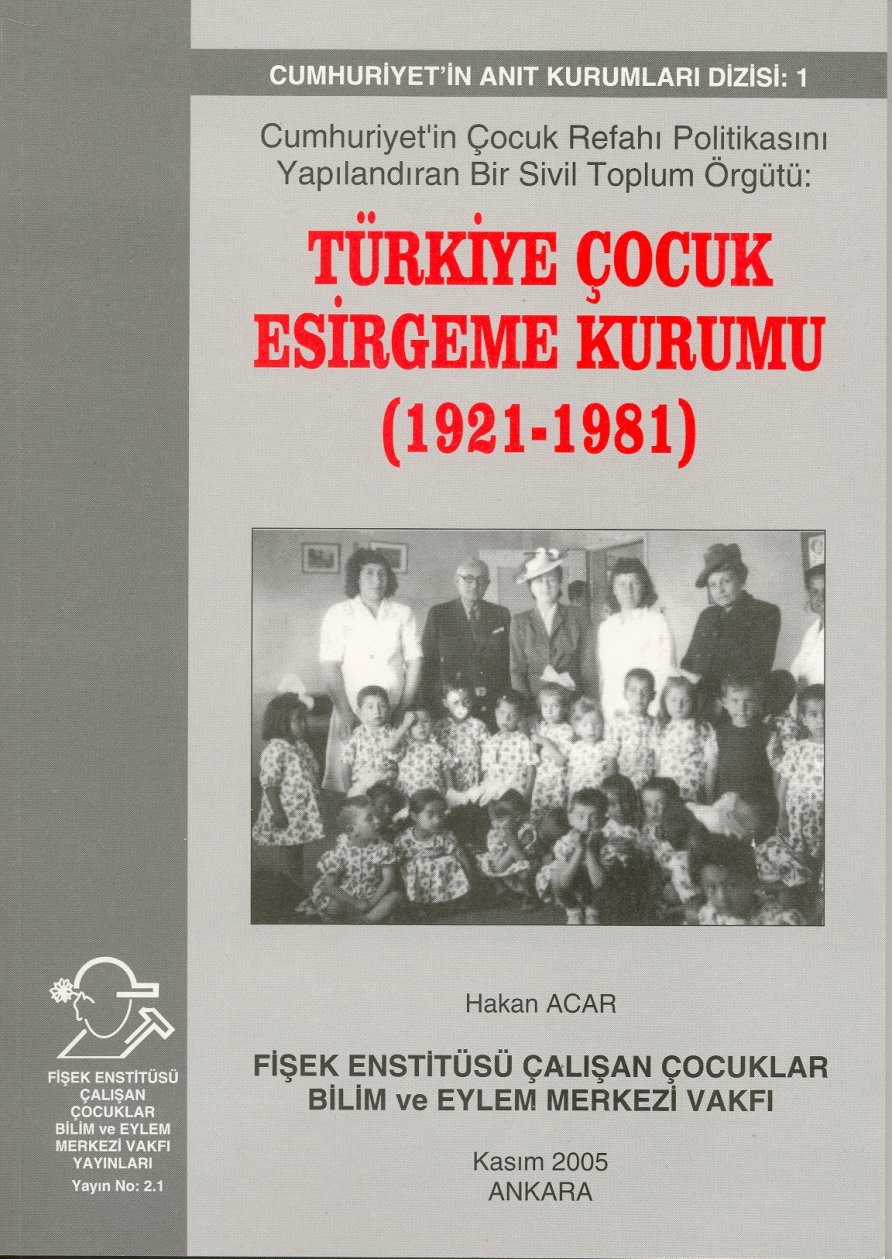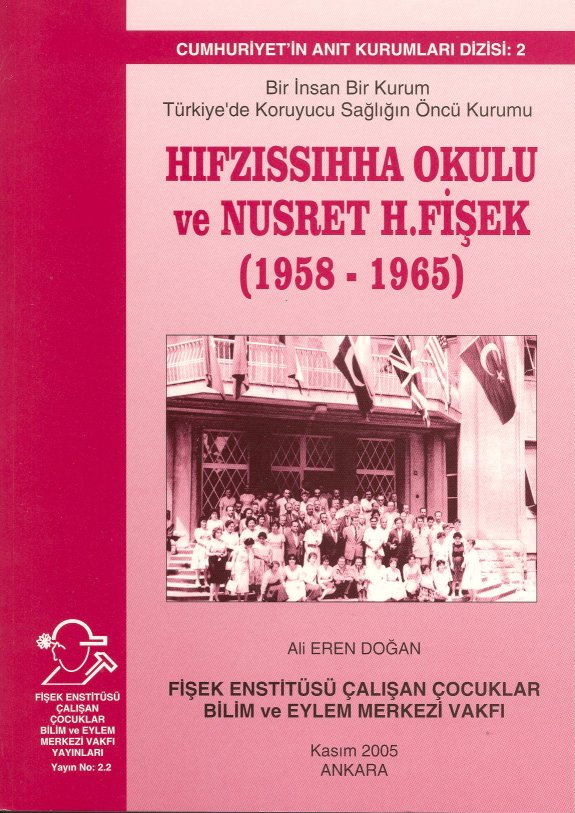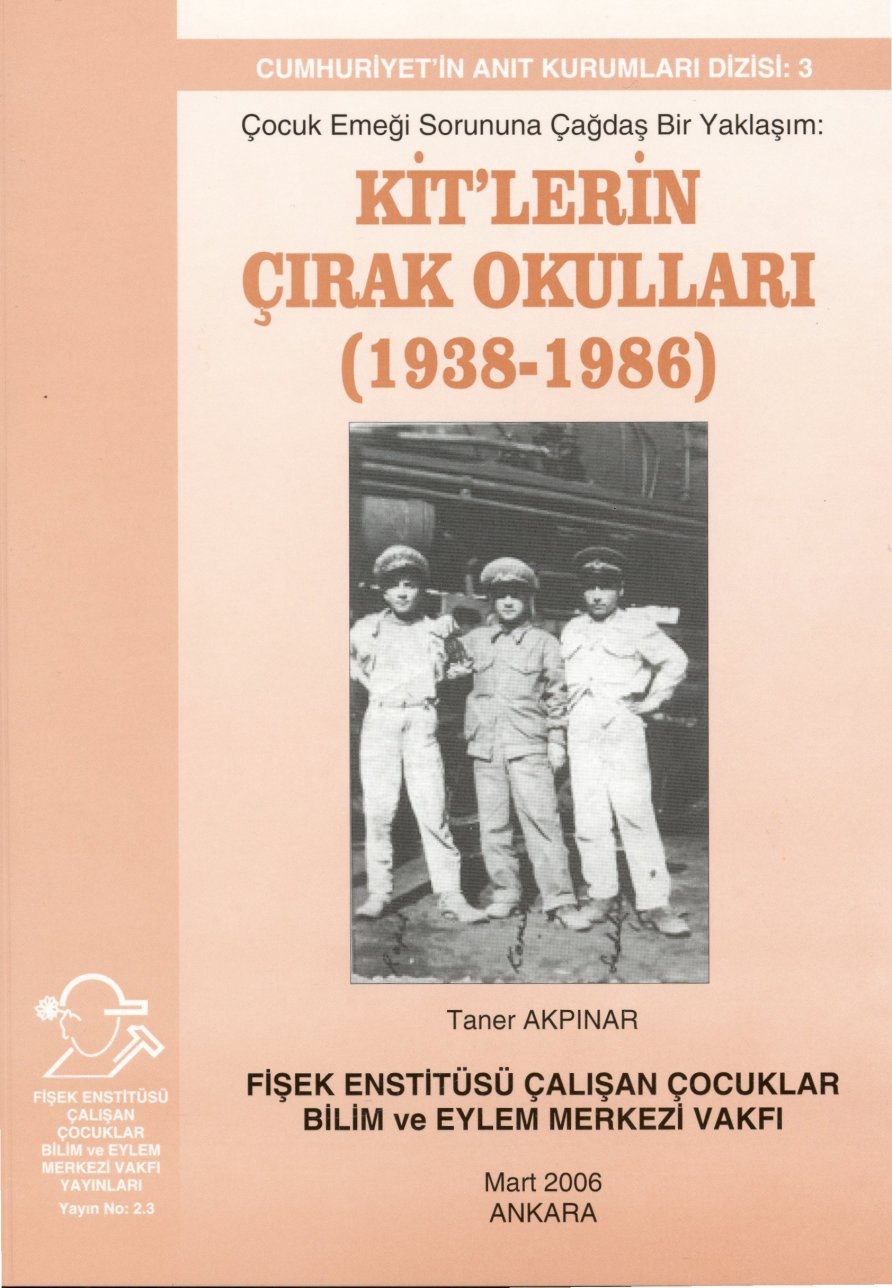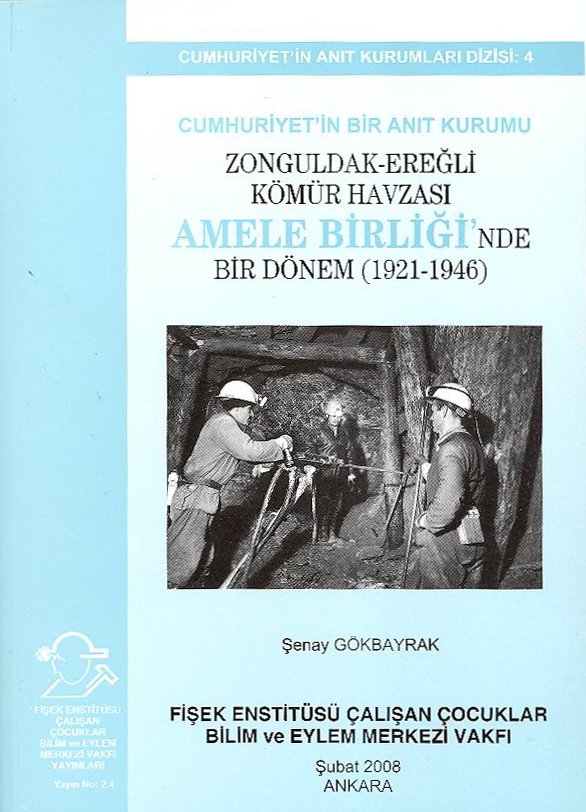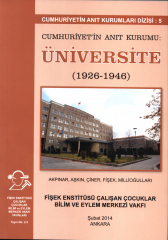The Monument Institutions of the Republic
In the first years of Turkish Republic and following period including 10-15 years after the foundation were called Utopic and Social Reform Project Era of Turkish Republic. What we have today is owed by the acquisition of these era. We are and must be grateful and feel indebted to the first couple of years of the Republic and actors, especially Atatürk, made efforts during this period. When looking back, it’s obvious that Reforms Era of Republic had experienced a serious erosion and that “what we couldn’t have today” is more than what is remained now. It’s necessary to recognize in order to appropriate them.
The Republic itself is a Monument Institution foregrounding the national sovereignty and strength of the people. Most of the Monument Institutions were established in order to accomplish the Independence War and enable the sustainability of Atatürk’s Principles. However, we observe abolition of these institutions during last 60-year period. Because of the fact that there is no substitutable institution to be replaced with the abolished ones, the modernization process of Turkey was interrupted. Now, we need to recognize what we have lost till today and to struggle to regain them.
Society for the Protection of Children is one of them. Like many others, it is abolished in defiance of fundamental legal principles as well as other 12 September 1980 policies. It’s assets were transferred to Turkish Social Service and Children Protection Institution. It’s unacceptable neither by the founders of the Society for the Protection of Children nor by the donators. We ask back the assets of Society for the Protection of Children as a non-governmental organization and would like to form a general assembly and make it a propellent power of the social policies devoted to children. We celebrate and express our sincere thanks to Hakan Acar for the first book of our “The Monument Institutions of the Republic” book series to enable us to focus on and to make a proposal for the area.
Hygiene Institution paid the price for its enriching effect like other monument institutions as becoming abolished after 12 September. The period starting in 1980 enabled the politicians who would like to implement policies against society, to remove the studies from scientific basis and to make the “health services” reachable for richer (rather than for all) in the society.
Having many uphill battles, Nusret H. Fişek devoted his life to “Socialization of Health” while both working in the Hygiene Institution and Ministry of Health and Social Assistance (as Under-secretary) and founding the Community Medicine Institute(defends Socialization in Health) and taking the leadership of Institute of Population Studies(defends Population Planning). He retired from the university but continued to make struggle for the Social Medicine as the President of Turkish Medical Association.
Globalization gave healthcare field a deep shock. Moreover, privatization policies takes away the ‘social’ parts for the daily life of citizens. In order to resist this type of erosion are the Republic’s Monument Institutions and guidance of science. We have to resuscitate the success story between the years of 1958-1963 and ensure to make everyone stake a claim on it. Finally, we celebrate and express our sincere thanks to Ali Eren for the second book of our “The Monument Institutions of the Republic” book series to enable us to focus on and to make a proposal about Hygiene Institution and Nusret H.Fişek.
The Vestibule Schools of Government Business Enterprises(GBE) were hot topics after the National Independence War to support newly founded Republic in terms of economic development and sustainability via qualified labor force to be employed by Government Business Enterprises.
Future Laborers’ education and training went hand in hand so they were not cut free from the education and not faced with the back-breaking conditions of work life. It is the indicator of the respect and responsibility for the Republic’s future designed and implemented by the Founder Generation of the Republic. However, the position of Turkey in terms of industrialization changed after World War II. The first target was to abolish GBEs. Before them, the Vestibule Schools were abolished.
In brief, the Study of Vestibule Schools of GBEs shows us the Founders Generation’s goals to reach the level of contemporary civilizations with the help of qualified labour force not exploiting the child labour. This issue and the other books of the Monument Institution Series tries to make the underlying ideas clear and the actors introduced to the society. We thank to Taner Akpınar for this study which brightens the society about an economically and socially valuable project and period of the Republic. We propose and argue that Social History Courts should be established in Turkish Republic and those who committed an offence should be put on trial.
The most important features of the National Independence Period (1919-1923) and the first couple of years of the Republic are the high self-devotion and participation of the people. The projects wanted to be implemented were explained them and gained support. In addition to them, it is clearly observed that national independence leaders generally are not only commanders but also the leaders such as Simon Bolivar and Mustafa Kemal Atatürk who work for the welfare of the society and maintenance of welfare.
During the National Independence War, Turkey fought both against the enemies and for the increase social welfare. The representatives in the Turkish Grand National Assembly agreed to watch over the people from Zonguldak because of their successful resistance against enemies to protect the coal mines. Then, the first social policy attempt showed up as first “Limited Work Law”, “Social Insurance” and “a dream of social security for Turkish Model” in 1921.
The fourth book of the series called “A Period in Zonguldak Ereğli Coalfield Labour Union as a Monument Institution of the Republic (1921-1946)” was prepared by Şenay Gökbayrak. We thank her for this precious contribution to the series.
The last book “The University” found out that Daru’l-fünun(Ottoman University) was a heritage but the one which was integrated with reactionism and was deprived of the required qualifications as a university.
It’s resistance against the Republic itself and the attitude against the rise of it were the reasons of its abolishment. However, the readers will be a witness to the Founders’ patient attitude for Daru’l-fünun at the beginning of the book. The patience of them was an outcome of the hope for “highbroweds” and the respect for “highbroweds”.
Although the Daru’l-fünun was given self-autonomy, this didn’t bring the support for the Republic. Due to the changing legal order and new reform laws and the necessity of the intelligentsia to implement these laws brought the idea of new higher education institution in Ankara. Gradually, the dream university of Republic in Ankara became the agenda.
“The University” is the fifth book of the series. We thank for our volunteers Taner Akpınar, Umur Aşkın, Can Umut Çiner, A.Gürhan Fişekve Özgün Millioğulları for this book handle the subject of universities which have critical role for consolidation and institutionalization of the Republic.
There are still fights between the “protectors” and “destructors” of the Republic. The series should be used to take lesson from the history of the Republic in terms of the struggle in order to enjoy prosperity.

